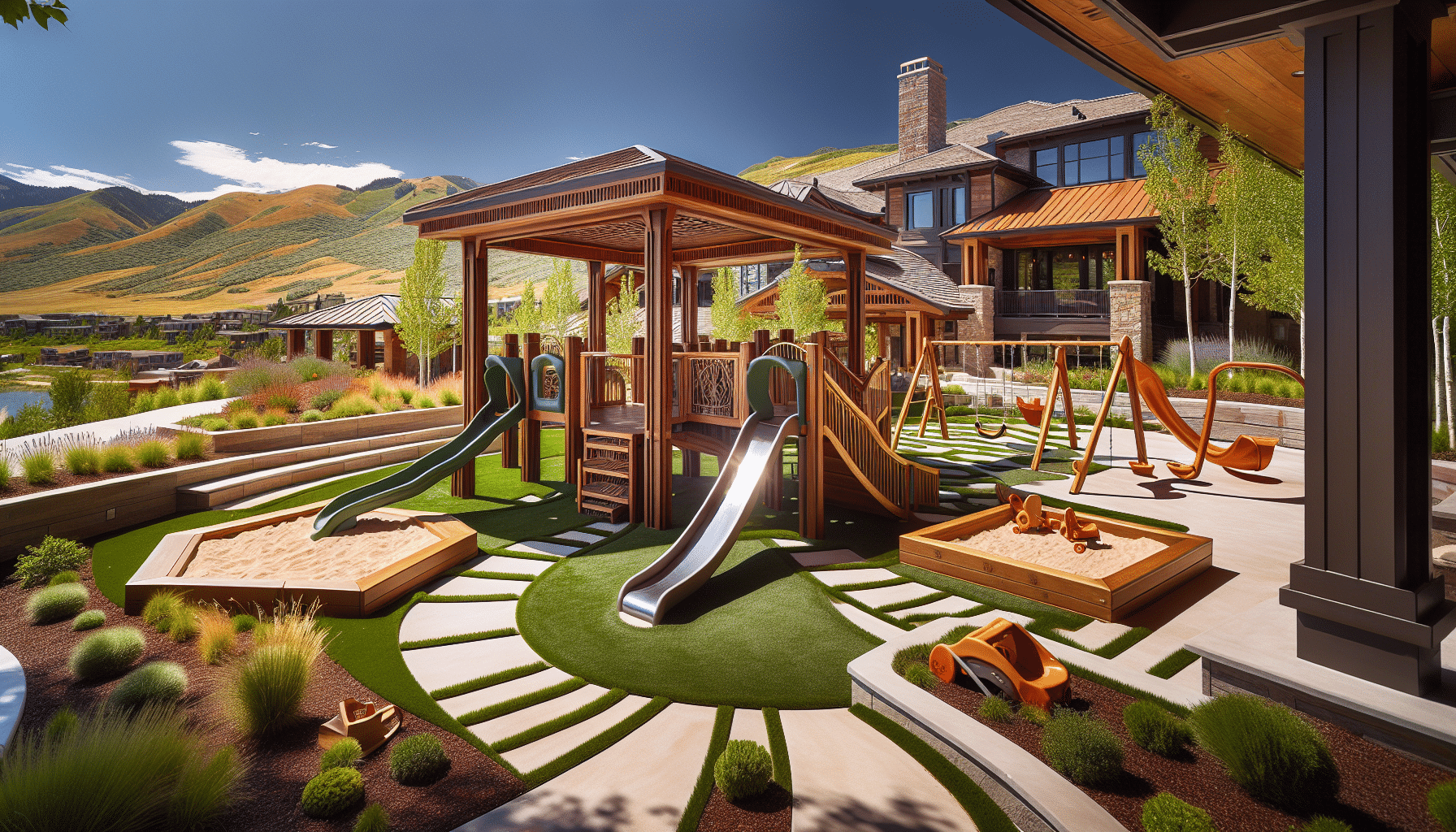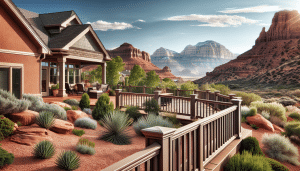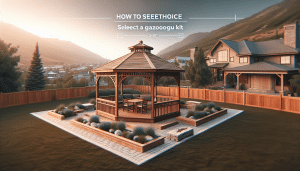Finding the perfect play area design for your backyard can be challenging for many homeowners. Here at Utah Deck Supply, we’re here to help you transform your outdoor space into a fun and safe haven for kids. This guide is crafted for homeowners and contractors looking for innovative ideas that ensure both safety and enjoyment.
Understanding the Basics of Kids’ Play Areas
Before diving into specific ideas, it’s vital to understand the core elements every play area should have. Safety is, without question, the most crucial factor. When designing play areas, using Materials that guarantee safety while being environmentally friendly creates a balance that’s key for peace of mind.
Additionally, consider the different age groups that will use the space. Each age bracket has unique needs and preferences, which means a design for toddlers won’t necessarily suit older kids. Grasping these basics will help you make informed decisions as we explore more specific designs.
Choosing the Right Spot
Location is paramount when planning a kids’ play area. You need a spot that’s both visible and easily accessible from your house. This ensures you can keep an eye on the activities, enhancing security while making supervision convenient.
Consider areas that naturally provide Shade or add features that can create it. A balance between sun and shade keeps kids happy and safe from overexposure on sunny days. Accessibility for maintenance and ease of use also plays a critical role in selecting the perfect spot.
Incorporating Safe Materials
Once you’ve chosen your spot, selecting the right materials is the next step. The foundation of the play area should be soft and impact-resistant. Opt for rubber mulch or wood chips, which cushion falls effectively and are kinder to the environment.
For play structures, opt for non-toxic, weather-resistant materials. Consider using treated wood or high-quality plastics that can endure diverse weather conditions while remaining safe for younger users.
Designing for Different Age Groups
Consider creating zones within your play area for different age groups. This strategy encourages inclusive play while ensuring activities are suitable for specific developmental stages. Toddlers need lower structures with safe climbing facilities, while older kids can enjoy more adventurous elements like climbing walls or zip lines.
By segmenting the area this way, parents can entertain kids of varying ages simultaneously without compromising safety or fun. Plus, watching younger siblings play can often inspire older kids to engage in imaginative play, fostering a sense of community and cooperation.
Integrating Educational Elements
An educational play area doesn’t have to look like a classroom to be effective. Consider adding simple elements like numbered stepping stones, alphabet blocks, or even a small garden patch. These features keep kids engaged while subtly encouraging learning.
Incorporating sensory activities also ensures a play area contributes positively to child development. Sandboxes, water features, and textured surfaces can be both educational and enjoyable, sparking creativity and curiosity.
Embracing Natural Elements
Nature itself is an exciting playground. Incorporating natural elements like logs, rocks, and native plants can turn an ordinary play area into an exciting, imaginative space. These not only add aesthetic value but also encourage biodiversity, teaching kids about the environment.
Natural elements can also double as obstacle courses or creative play props. They inspire endless possibilities for adventures, enhancing both physical activity and imaginative play.
Creative Themes and Customization
Think about designing your play area around a particular theme. Whether it’s a pirate ship, enchanted forest, or space adventure, themed play areas can capture a child’s imagination and keep them entertained for hours. Use colors, shapes, and unique structures to bring these themes to life.
Customization doesn’t stop at themes. Allow kids to have a say in the design process by letting them choose certain elements. This personal touch can make them feel more connected and excited about their play space.
Adding Functional Features
While fun is the focal point of a play area, functionality never goes out of style. Consider adding seating areas for adults or storage options for toys and equipment. These features ensure the play area remains tidy and comfortable for everyone involved.
Look for multi-functional installations, like benches with inbuilt storage or tables with blackboard surfaces. These invite parent-child interaction and extend the usability of the space beyond just play.
Maintaining Your Play Area
Regular maintenance is crucial to ensure the longevity and safety of your play area. Frequent checks for wear and tear, especially on moving parts, help prevent accidents. Simple tasks like replenishing mulch or tightening bolts can extend the life of your installations.
Keep a checklist to track maintenance tasks, and don’t hesitate to bring in professional help for larger repairs. Investing in regular upkeep can save time and money in the long run, ensuring your play area stays in top shape for years to come.
Budget-Friendly Design Tips
Creating an amazing play area doesn’t have to break the bank. Start small and expand as your budget allows. Prioritize essential features first, and then consider enhancements when feasible.
Being on the lookout for sales and second-hand options can also provide cost-effective solutions. Sometimes, a fresh coat of paint or minor repairs to pre-loved structures can transform them into perfect additions, ensuring creativity isn’t hindered by budget constraints.
Interactive and Social Spaces
Encouraging social interaction is an essential part of any play area. Consider adding games and activities that promote group play. Features like team games, group swings, or even a small stage for performances can foster social skills and cooperation.
Additionally, think about integrating spaces where kids can relax and interact without structured play, like cozy corners or picnic areas. These spots provide opportunities for quieter moments, essential for a balanced play experience.
Key Elements to Consider
- Safety Fencing: Install fences to delineate the play area and ensure children don’t wander off. This adds a layer of security while enclosing the dedicated play space.
- Lighting: Adequate lighting ensures visibility for evening play sessions and enhances safety. Solar-powered options are sustainable and cost-effective.
- Weather Protection: Add umbrellas or pergolas for shade and to shield against the elements. These ensure play can continue regardless of weather changes.
- Durability: Select materials that withstand seasonal changes to minimize wear and tear. Investing in quality upfront pays off in durability and longevity.
- Accessibility: Ensure paths and play structures are accessible for all children, including those with disabilities. Creating inclusive spaces is vital for holistic play experiences.
Conclusion
Designing a kids’ play area is both an exciting and rewarding project that can transform your backyard into a paradise for fun and learning. Contact Us today at 385-993-5492 or Request a Free Quote to start creating the perfect play space tailored to your needs.




